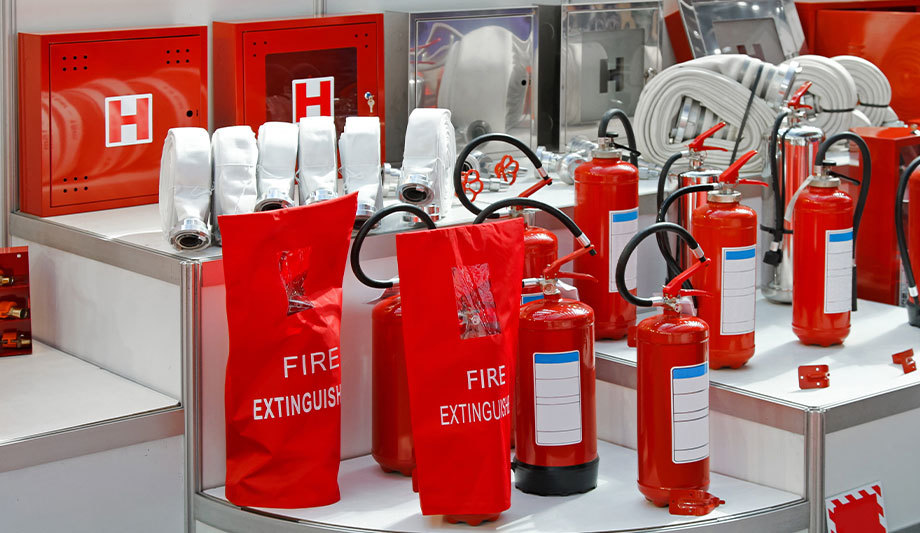Did you know an estimated 30% of smoke alarms in the UK are inoperable due to missing, flat or disconnected batteries? For a property to comply with The Regulatory Reform (Fire Safety) Order 2005, it is vitally important that all fire safety equipment is kept in perfect working order at all times.
This involves checking that the fire safety equipment is accessible, well maintained and hasn’t been tampered with. There are many ways you can take care of your fire safety equipment, to ensure your property is prepared, should there ever be a fire.
Equipment Assessment Checks
There are two types of equipment assessment checks that should be carried out, including monthly and annually
If you’re the ‘responsible person’ for commercial property, you need to ensure your building meets fire safety standards. Here are 5 tips on how to properly maintain your fire safety equipment. Both passive and active fire safety equipment must be check regularly for any signs of wear or damage.
There are two types of equipment assessment checks that should be carried out, including monthly and annually. There is a range of equipment checks you must carry out, including fire doors, fire alarm test, emergency lighting and fire extinguishers. Emergency lighting should be checked monthly, with all issues kept in a logbook. Fire doors should also be checked to ensure their seals and frames are in good condition.
Fire Alarm Tests
All fire protection has to be checked annually including alarms, detectors, lighting, sprinklers, extinguishers and fire doors. They should be carefully inspected. Fire alarms are a legal requirement for commercial premises. To check that your Fire alarms still function correctly, it is important to get them serviced. All fire alarms should be tested, maintained and inspected by a competent person who is able to carry out any remedial work.
| Fire alarms are a legal requirement for commercial premises |
Fire extinguishers must be ready to work straight away in the event of a fire, so it is vital they are regularly checked and serviced. You should ensure they are maintained and kept in a functional condition. Every month, the pressure gauge should be tested on all fire extinguishers.
Fire Risk Assessments
Every year, it is required that a qualified technician carries out a thorough check on all your extinguishers for them to be fully serviced and certified. In addition to regular maintenance checks on your fire safety equipment, it is vital your commercial property has a fire risk assessment carried out every 4 years, with a renewal every 2 years.
Fully trained and qualified assessors should undertake this to make sure it is done professionally
Fully trained and qualified assessors should undertake this to make sure it is done professionally. By having a fire risk assessment review, it determines whether any changes could impact the ability for your equipment to properly protect your building.
Fire Safety Logbook
During a risk assessment, all fire doors must be checked to ensure they are in good condition and close efficiently with secure hinges. The fire seals must be fixed in position, with signs on the door present and legible.
To keep an overview of all findings and actions, there should be a fire safety logbook and maintenance record that remains at your premises at all times. The logbook is used to record and review any significant findings when carrying out the fire risk assessment. This helps to keep all fire safety equipment functioning effectively and available to respond to emergency fires.

